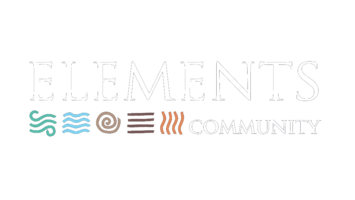netH2O: periodic inspection and analysis of remote sites, emergency operations
The netH2O smart buoy is the ideal solution for periodic inspection and monitoring of remote or difficult-to-access water bodies, as well as rapid-response environmental assessment during emergency operations.
Complete with sensors, data storage, and communication equipment in a single integrated package, the netH2O can be deployed by non-specialized personnel, dramatically reducing costs while enabling more frequent monitoring.
Periodic Monitoring of Remote Sites
Many agencies and organizations must monitor water quality at remote locations on a regular schedule—lakes, reservoirs, rivers, coastal sites, or wetlands that are distant from staff and facilities.
Traditional Approach Challenges:
- Requires specialized field technicians
- Expensive travel and mobilization costs
- Limited monitoring frequency due to high costs
- Complex equipment requiring extensive training
- Difficulty accessing some locations
The netH2O Solution:
- Simple Deployment: Field staff simply place the buoy in water—no technical expertise required
- Autonomous Operation: Buoy automatically collects data according to programmed schedule
- Automatic Data Transmission: Results transmit in real-time to office staff via cellular or satellite
- Easy Retrieval: Staff retrieves buoy after monitoring period completes
- Dramatic Cost Savings: Eliminate need for specialized field technicians
- Increased Monitoring Frequency: Lower costs enable more frequent site visits
This approach is particularly valuable for environmental agencies, water utilities, research institutions, and any organization requiring regular monitoring of multiple remote locations.
Emergency Response & Incident Monitoring
Environmental emergencies demand rapid assessment and continuous monitoring. The netH2O provides immediate deployment capability for:
Oil Spills & Chemical Releases:
- Deploy hydrocarbon sensors to track spill extent and concentration
- Monitor water quality parameters affected by chemical releases
- Document contamination levels for response planning
- Provide real-time data to incident commanders
Harmful Algal Blooms:
- Rapidly deploy chlorophyll-A sensors to map bloom extent
- Monitor bloom progression and movement
- Track dissolved oxygen levels that may threaten fish populations
- Support public health protection decisions
Fish Kills & Ecosystem Events:
- Immediate DO, temperature, and pH monitoring
- Identify causes of fish mortality events
- Document recovery progress
- Support investigation and remediation efforts
Industrial Discharge Incidents:
- Monitor temperature, pH, turbidity, and other parameters
- Track plume dispersion and concentration
- Document environmental impact
- Support enforcement and remediation actions
Post-Disaster Water Quality Assessment
After floods, hurricanes, or other natural disasters, rapid water quality assessment is essential:
- Drinking Water Safety: Assess source water contamination after flooding
- Beach Closures: Monitor bacterial indicators and turbidity for recreation safety decisions
- Infrastructure Damage: Detect sewage or chemical releases from damaged facilities
- Ecosystem Recovery: Track environmental recovery progress
The netH2O's compact size, simple deployment, and battery operation make it ideal for post-disaster scenarios when infrastructure and power may be compromised.
Key Advantages for Inspection & Emergency Use
- Rapid Deployment: Operational within minutes of arrival at site
- No Specialized Training Required: Any field staff can deploy and retrieve
- Self-Contained System: All sensors, power, and communications integrated
- Real-Time Data Access: Monitor conditions remotely without site visits
- Flexible Sensor Configuration: Customize for specific monitoring needs
- Cost-Effective: Affordable enough to maintain multiple units for rapid response
- Portable: Compact size enables transport to any location
- Durable Construction: Operates reliably in challenging field conditions

